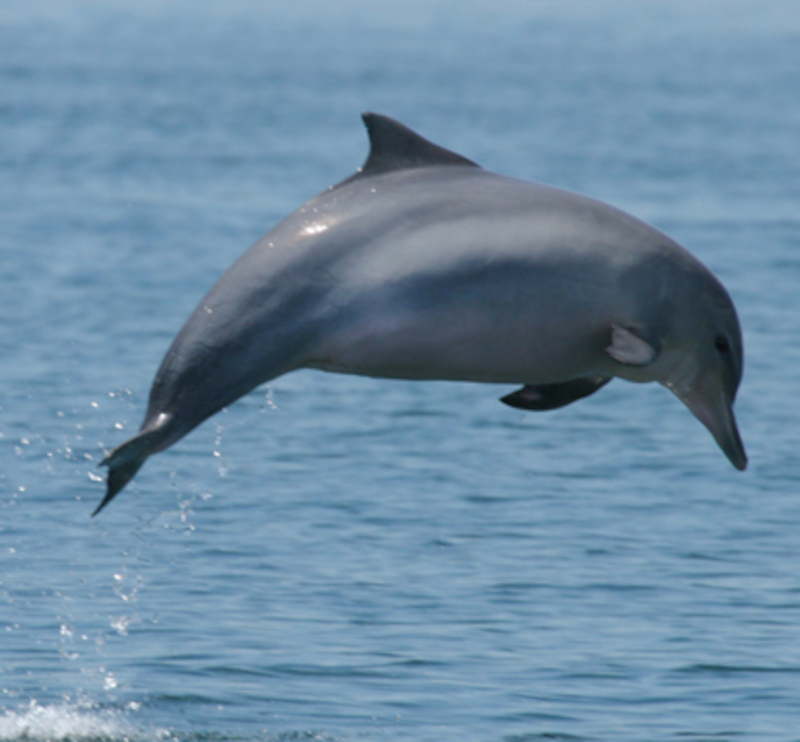
Guiana Dolphin Facts
- This beautiful marine mammal most frequently goes by the informative common name of the Guiana Dolphin, and for good reasons. Yet, it also has at least two other, alternate generally used titles. These consist of the estuarine dolphin, and the costero.
- Within scientific circles, however, it’s probably better known by its technical designation. Thankfully, that’s a relatively simple appellation for the layperson to pronounce. That’s because this marvel holds the formal lable of Sotalia guianensis.
- The beautiful creature received that epithet due to the efforts of Pierre-Joseph van Beneden. This respected Belgian zoologist accomplished the first recognition of it as a separate and distinct species. He managed that noteworthy deed in 1864.
- Unfortunately, the amazing Guiana Dolphin holds a population base that’s considered small. It’s also apparently declining steadily. Due to these factors, the IUCN currently lists this marvelous cetacean as Near Threatened on its Red List of Threatened Species.
- Not surprisingly, its greatest threats to its continued existence as a species currently come from direct interaction with human activities. Many individuals perish each year due to becoming entangled in commercial fishing nets or shrimp traps.
- In the long term, though, it no doubt also faces other potential dangers. Most of these also drive from human actions, either directly or indirectly. These include the often closely related perils of habitat loss and seemingly escalating climate change.
Related Articles
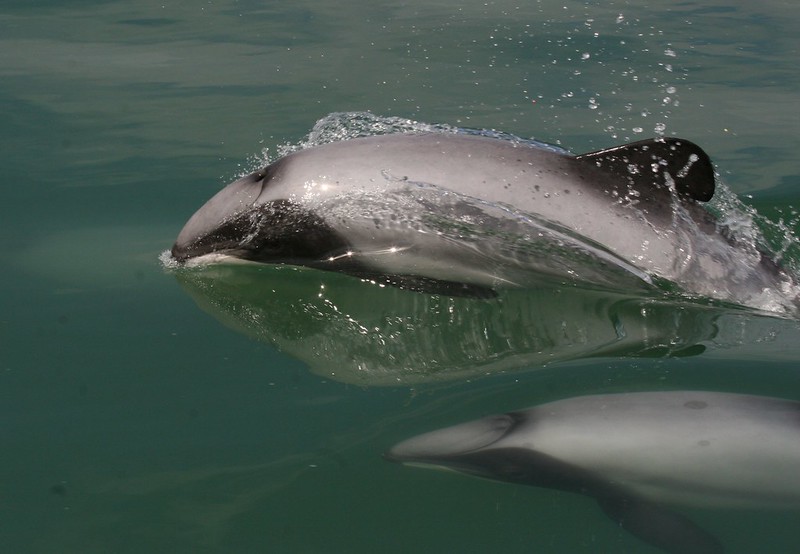
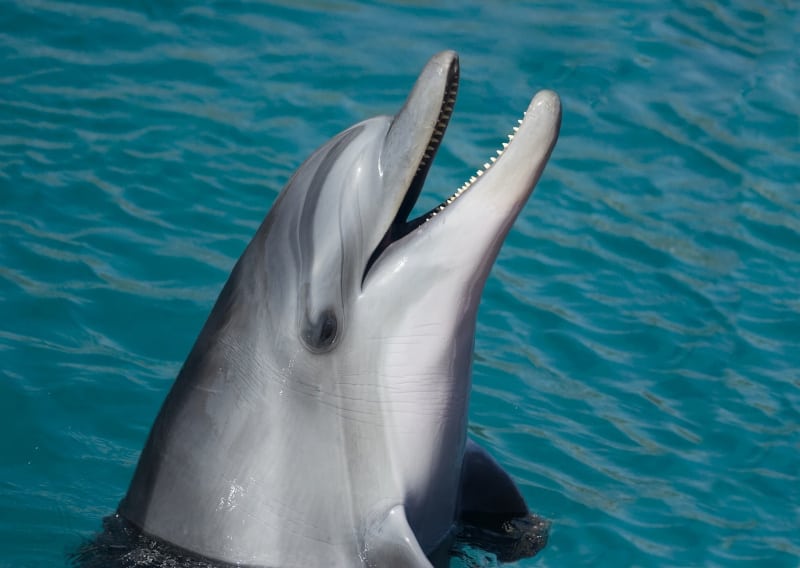

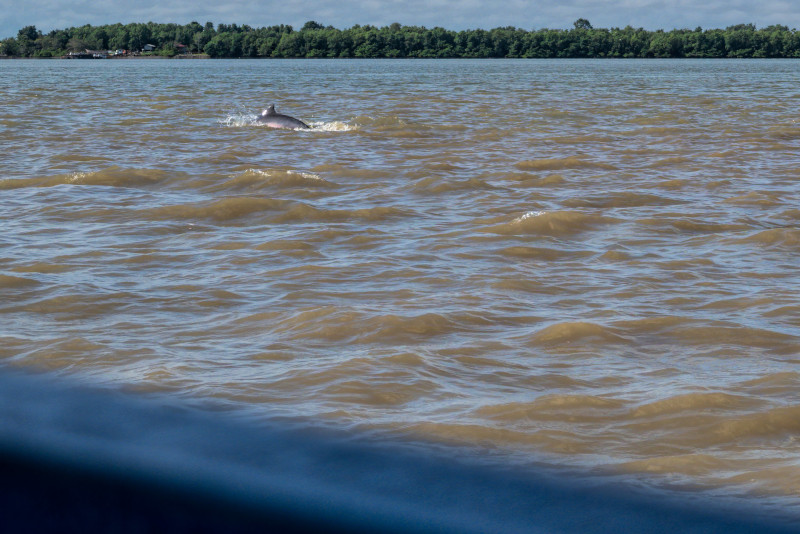
Guiana Dolphin Physical Description
The magnificent Guiana Dolphin garners much appreciation from those who encounter it. The creature does not do so, however, because of its physical dimensions. That’s true since, in that respect, the animal actually ranks as one of the smallest members of its Family.
In many ways, it follows patterns typical of its kind. One of these is the fact that it displays a certain amount of the physiological characteristic of sexual dimorphism. In its specific case, though, this trait manifests itself in not one, but two clearly distinct manners.
Overall, the species collectively attains an average body length measuring approximately 6.9 ft (2.1 m). Within this range, however, females typically reach greater lengths than their male counterparts. Though rare, exceptional examples nevertheless sometimes occur.
Yet, even though the females average marginally greater in length, the mean weight remains roughly the same. This generally provides the female of the species with a slightly stockier shape. Meanwhile, an average mass for either gender totals roughly 267 lb (121 kg).
The two sexes of Guiana Dolphin also distinguish themselves physically in another, though minor, way. That’s in terms of appearance. That’s true given that fact that they possess a gray stripe that extends from the eye to the flipper. Their male opposites lack this specific feature.
Otherwise, the genders present the same basic pattern of appearance. On each of the sides and back, this consists of a light to bluish gray shade. Its underside, however, displays a pure light gray. The dorsal fin also usually displays a slightly hooked and triangular shape.
- Kingdom: Animalia
- Phylum: Chordata
- Class: Mammalia
- Order: Artiodactyla
- Family: Delphinidae
- Genus: Sotalia
- Species: S. guianensis

Guiana Dolphin Distribution, Habitat, and Ecology
Regrettably, the intriguing Guiana Dolphin inhabits a very limited, and restrictive, region of the globe. The overall zone of habitation, though, likely comes as no surprise to many people. Thaat’s because its name provides a hint of at least the general region of the world.
The lovely cetacean currently only inhabits a region that extends along the northern and eastern shores of South America. Its known territory extends from Nicaragua in the north, to as far south as southern Brazil. Experts don’t know if it ever appeared beyond this area.
As this habitat zone indicates, the animal evolved as native a coastal habitat. Yet, within that area, the species developed a surprising degree of adaptability. That’s due to the impressive fact that this wonder of evolution thrives equally well in saltwater or freshwater.
Amazingly, the marvel of Nature not only appears along the coastline, it also often spends time within numerous local estuaries and inlets. In all regions in which this unique dolphin lives, though, it’s never been known to exceed depths greater than 164 ft (50 m).
Like most of its relatives, the Guiana Dolphin generally forms small groups. These pods usually number anywhere from 2-10 individuals. On rare occasions, though, some reach 100 specimens. Such groups tend to remain closely grouped, and quite active in nature.
The isolated species also evolved as carnivorous in nature, as its many kindred. It feeds on a wide variety of locally prevalent prey. This mainly consists of small examples, however. Some of its most highly preferred prey seems to include shrimp, small squid, and fish.
Species Sharing Its Range
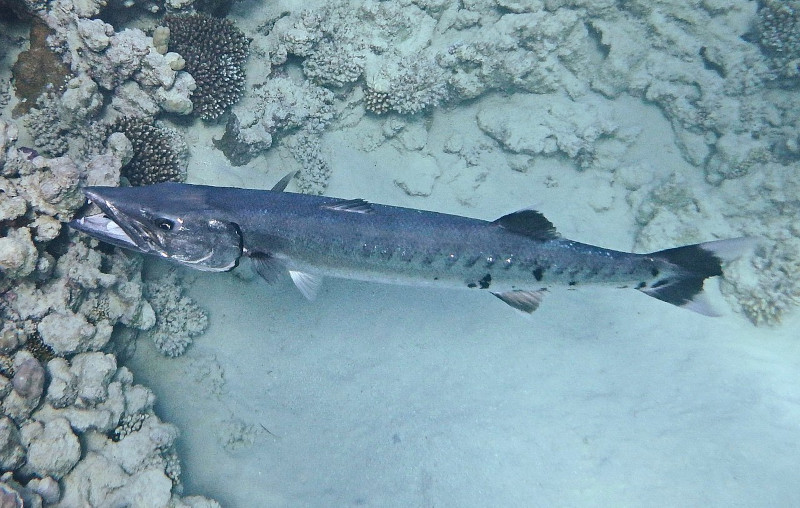
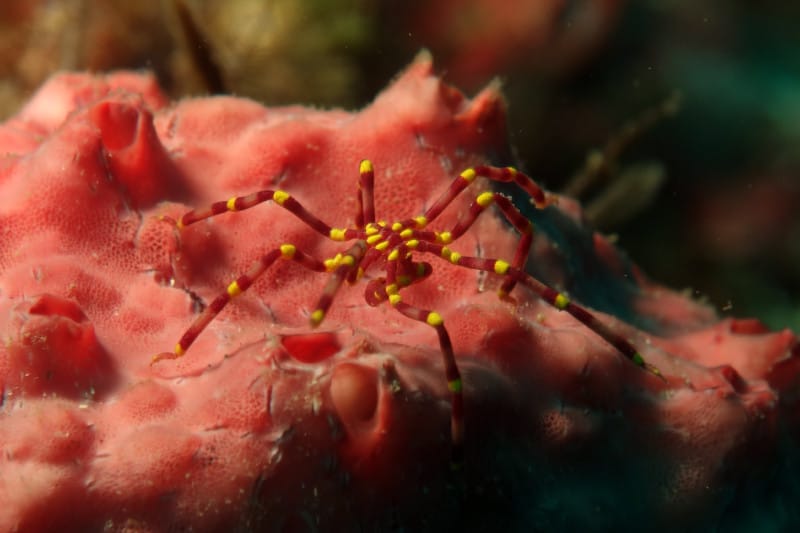
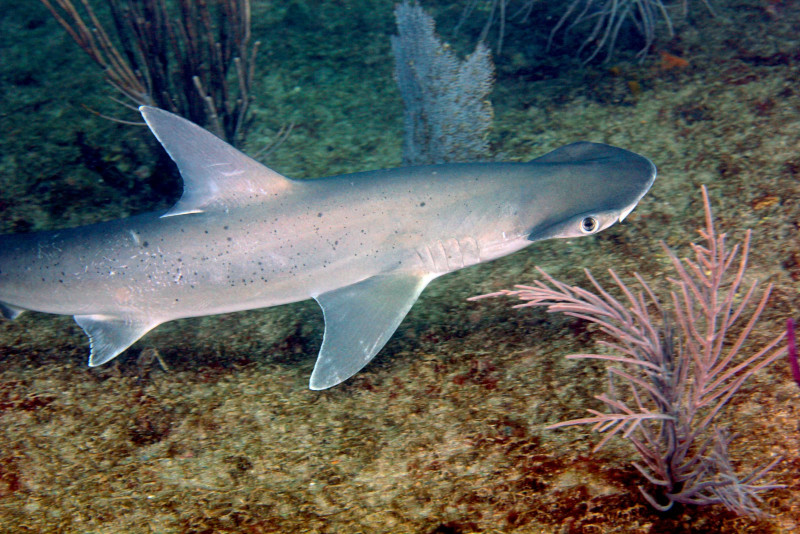
Check out our other articles on 7 Breathtaking East Coast Wonders, Great Potoo, Corsica, Agile Ground Mantis, Fire Salamander, Tiger Shark, Mountain Laurel, Alligator Snapping Turtle









Leave a Reply